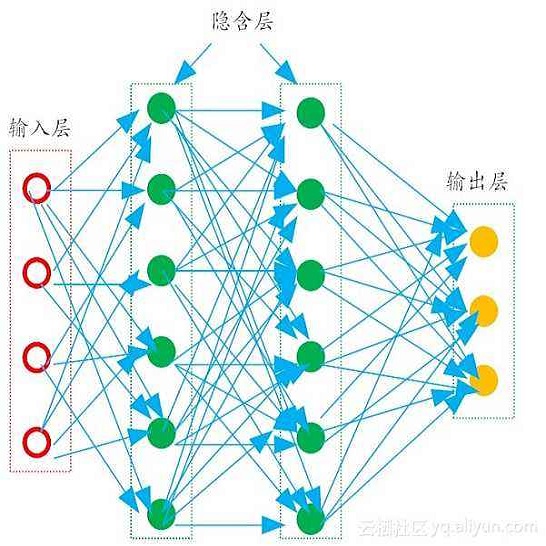Implicit representation of shapes as level sets of multilayer perceptrons has recently flourished in different shape analysis, compression, and reconstruction tasks. In this paper, we introduce an implicit neural representation-based framework for solving the inverse obstacle scattering problem in a mesh-free fashion. We express the obstacle shape as the zero-level set of a signed distance function which is implicitly determined by network parameters. To solve the direct scattering problem, we implement the implicit boundary integral method. It uses projections of the grid points in the tubular neighborhood onto the boundary to compute the PDE solution directly in the level-set framework. The proposed implicit representation conveniently handles the shape perturbation in the optimization process. To update the shape, we use PyTorch's automatic differentiation to backpropagate the loss function w.r.t. the network parameters, allowing us to avoid complex and error-prone manual derivation of the shape derivative. Additionally, we propose a deep generative model of implicit neural shape representations that can fit into the framework. The deep generative model effectively regularizes the inverse obstacle scattering problem, making it more tractable and robust, while yielding high-quality reconstruction results even in noise-corrupted setups.
翻译:以不同形状分析、压缩和重建任务的方式,最近出现了以不同形状分析、压缩和重建任务的方式,以隐含的外形表示多层外观的形状。 在本文中,我们引入了一个隐含的神经代表框架,以解决反向障碍散射问题。我们用网络参数暗含的方式将障碍形状表示成一个签名距离函数的零级别组;为了解决直接散射问题,我们采用了隐含的边界整体方法。它使用对管状邻接边界的内嵌边界网格点的预测,直接在水平设置框架中计算PDE解决方案。提议的内嵌式代表很方便地处理优化过程中的外观。为了更新形状,我们使用PyTorrch的自动区分来反向调整网络参数的损耗功能 w.r.t., 使我们能够避免对形状衍生物进行复杂和易出错的手工衍生物的生成。此外,我们提出一个可以适用于框架的内含内嵌式神经元形状表达式的深色化模型。深层的基因化模型有效地调节了反向障碍散射障碍的问题,使之在高质量上进行更稳健健健的再组合。




